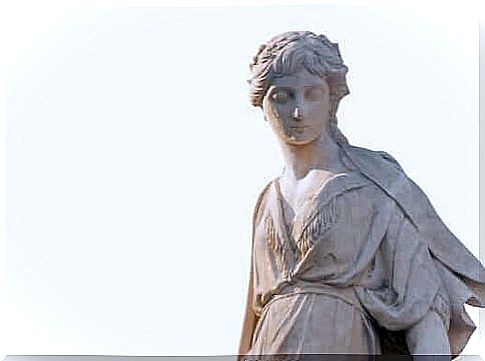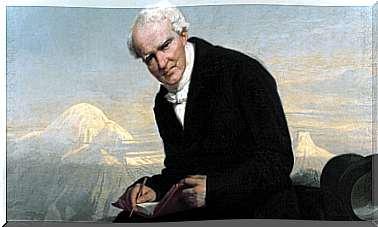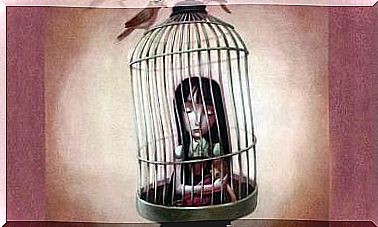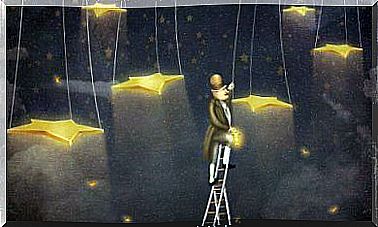The Myth Of The Muses, A Source Of Inspiration
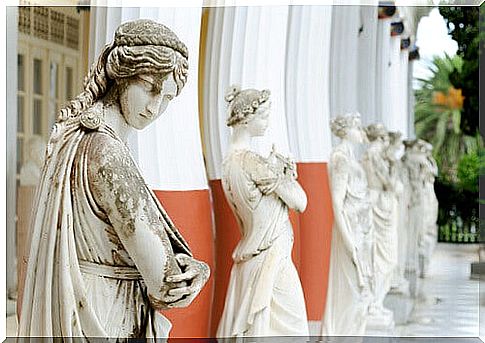
The myth of the muses is one of the best known of antiquity. These divine beings continue to be referred to as a source of inspiration for various creators, in the arts and sciences. In fact, that’s where the word music comes from, as well as the word museum.
According to the different versions of the myth of the Muses, they were the natural companions of Apollo, god of music and the arts. This one had romances with all the muses, at different times, and from these furtive loves a large offspring was born.
The myth of the Muses says that they were cheerful and festive young women, who came down to earth to whisper creative ideas to the ears of mortals. If they were able to listen to this advice, they produced magnificent works that aroused admiration. Those who were not visited by the muses ultimately created nothing.
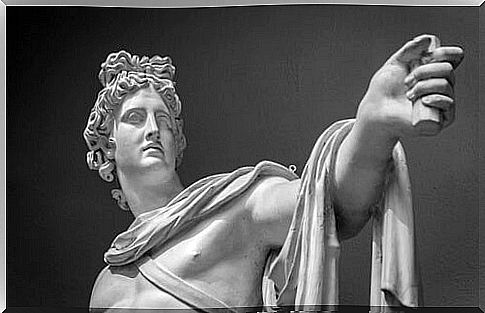
The origin of the myth of the muses
The myth of the muses indicates that they were daughters of Zeus, the god of Olympus, and of Mnemosin, a titanid who represented memory. In turn, she was the daughter of Gea, the mother of the earth, and of Uranus, the personification of the sky. Mnemósine and Zeus would have stayed together for nine nights, and for each night a muse was born.
Mythological stories tell that in the underworld there was a river called Mnemosin, next to another called Lete. Most mortals were invited to drink from the Lete River before reincarnating into a new being. The waters of this source made them forget their previous lives and start anew.
Instead, the myth of the Muses goes that only a privileged few were invited to drink at the Mnemosin River. These could remember past lives and in their next incarnation they became visionaries and prophets.
The nine muses
Although there are stories that speak of other muses, the classic story says that there are nine and that each of them is in charge of an area of knowledge or artistic creation. It was assumed that if the right muse visited the creator, he would have sudden and wonderful revelations to complete his work. The nine classical muses are:
- Calliope or “the one with the beautiful voice”: she was the muse of eloquence and epic poetry. She wore a laurel wreath and a lyre. It was the lover of Apollo and the mother of Orpheus, Lalemo and Reso
- Clío or “the one who offers glory”: muse of history, that is to say of the epic. Its role was to keep alive the memory of generosity and triumphs. She had a trumpet and an open book
- Erató or “the lover”: muse of lyric poetry, who wore a crown of roses on his head and a zither. Mother of Tamiris, she was also one of Apollo’s lovers
- Euterpe or “the very pleasant”: muse of music, in particular, of the interpretation of the flute. She was depicted with a wreath of flowers
- Melpomene or “the melodious”: muse of tragedy, or rather of tragic narrative or literary writing. She dressed lavishly and wore a tragic mask
- Polimnia or “the one with many hymns”: muse of sacred songs and hymns. She always wore white
- Thalia or “the party”: muse of comedy and bucolic poetry. She was the hostess of banquets and festivities
- Terpsichore or “the one who delights in dance”: muse of dance and lyrical song. She wore garlands
- Urania or “the celestial”: muse of astronomy, education and exact science. She carried a globe and a compass
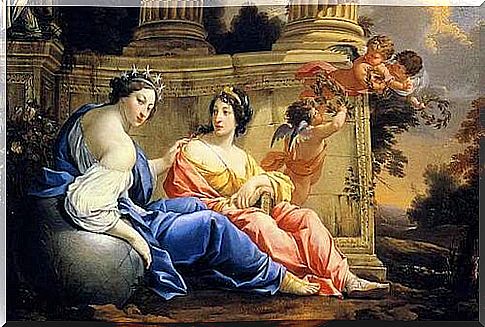
The presence of the Muses
Although the myth of the muses was very important to the Greeks, these beings did not appear frequently in the stories of the gods, and when they did, they were secondary characters. Despite this, their inspiration was considered fundamental for the action of all protagonists.
It is said that King Piero of Pieria, Thrace, had nine daughters with great gifts for singing. Their art was so beautiful that they decided to travel to Mount Helicon, where the muses lived, to challenge them. The muses gladly accepted.
When the nine young women began to sing, all the birds fell silent. Their song was so beautiful that nature fell silent. Then it was the muses’ turn, and when they sang their songs, even the stones started to cry. After winning the contest, the muses decided to turn the nine maidens into magpies to punish their arrogance.
